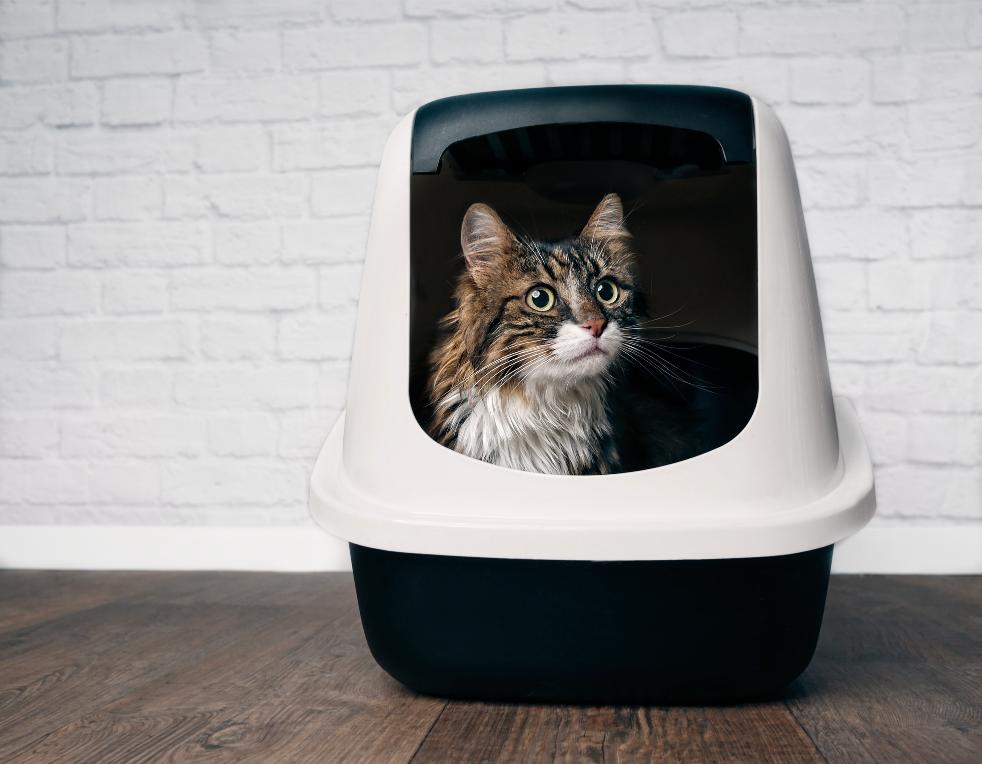Rectal Polyps in Cats

Any time a cat struggles to go to the bathroom, their owner is right to be concerned. While urinary issues can be fairly common in cats, problems in the digestive tract aren’t considered standard. Consequently, few cat owners readily assume their cat has rectal polyps following the display of troubling symptoms. Characterized by small growths in the lining of the rectum, polyps can lead to pain, discomfort, and bleeding.
Signs of Rectal Polyps in Cats
It can take time to get to the bottom of any and all litter box problems, but if there is regularly blood in a cat’s stool, it’s time for a vet visit. In addition to rectal polyps, the other potential causes of bloody poop include:
- Internal parasites
- Infection
- Inflammation of the large intestine (colitis)
- Food allergies or intolerances
- Foreign bodies
- Stress
- Blocked anal glands
- Poisoning
- Constipation
- Cancer
How to Help
The good news about rectal polyps in cats is that they don’t typically cause significant pain or suffering. Even better, rectal polyps aren’t usually malignant.
A polyp is a growth on the lining, or mucous membrane, of the rectum. The two types of polyps found in the rectum are: pedunculated (appears as a small sac attached by a stalk) or sessile (a flat, raised pocket on the mucous membrane.
Unless an owner finds blood in the poop, rectal polyps can go undiagnosed for a lengthy period of time. However, sometimes a polyp can grow large enough to obstruct feces from normally passing. In this case, diarrhea, inflammation, and straining may lead to a prolapsed rectal polyp (slightly visible as a lump).
Taking Action
A physical examination is required to diagnose rectal polyps in cats. An endoscope can examine the lining of the rectum. If removal of the polyp is necessary, we may test a sample for malignancy.
- Treatment may simply involve routine monitoring of the shape, size, and discomfort caused by the location.
- Surgical removal is straightforward and recovery time is usually quick.
- Certain changes to diet can firm up stool and help them pass feces beyond rectal polyps. However, too much fiber can bulk up stools to the point of obstruction and prolapse of rectal polyps. We encourage cat owners to follow their veterinarian’s guidance about their cat’s unique nutritional needs.
Frequent Constipation and Other Symptoms
If your cat hasn’t passed a stool in 48 hours, strains in the litter box, licks themselves constantly, or has blood in the poop, please give us a call. Our team is always happy to help your cat feel better.
